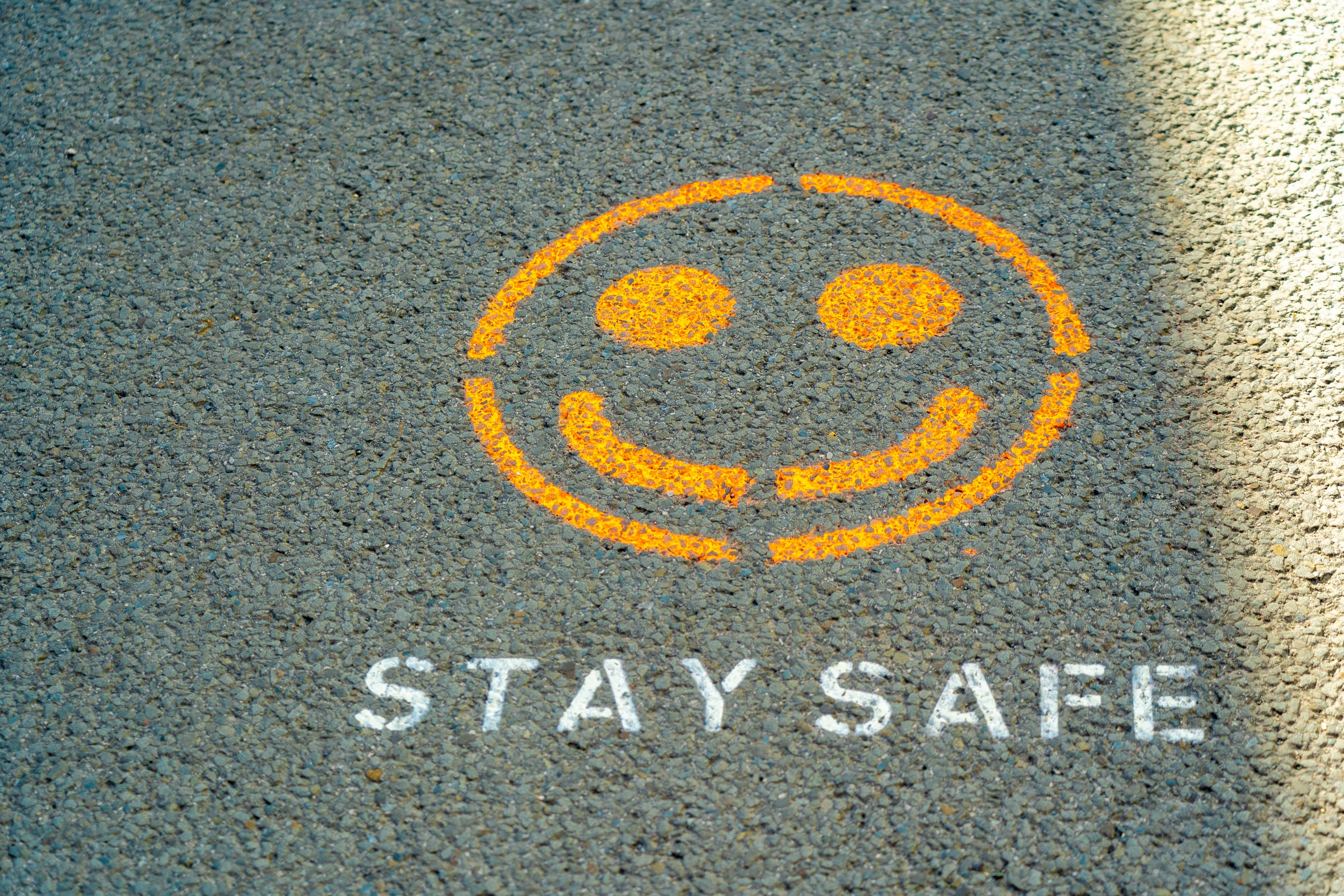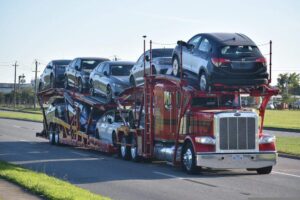Young Men Driving Recklessly
NHTSA has reported drivers (18 to 34 year-old men and mostly rural areas) are drove more recklessly once COVID-19 arrived. National Highway Traffic Safety Administration says drug use, including alcohol, cannabis, and opioids was up. As a result of its in data of people in fatal crashes.
In response, NHTSA says it has adjusted its messaging and will conduct five stakeholder panels in October. The goal is to find ways to reach drivers with better safety messages for the COVID-19 driving landscape. Apparently, American drivers have started to pick some bad habits. This is not good thing!
Numbers Went up For Male Drivers Who Tested Positive Versus Women for COVID-19
For all road users, the number of people who died who tested positive for alcohol went from 21.3 percent before March 16 to 26.9 percent. As a result, the COVID-19 public health emergency. This is according to the NHTSA’s data collection for this study ended in mid-July. The presence of cannabinoids went from 21.4 to 31.2 percent. Opioids? From 7.6 to 12.9 percent.
Overall, vehicle drivers showed “significantly higher overall drug prevalence during the public health emergency with 64.7% testing positive for at least one active drug compared to 50.8% before the public health emergency began,” the NHTSA said when broken down by sex, males were more likely to have positive results in any of these three categories than females. Also, positive rates were higher on weekends than on weekdays.
Not Wearing a Seatbelt is Bad Enough
Not wearing a seatbelt is bad enough under normal circumstances, but there were other aspects of the COVID landscape that made a choice like this more dangerous. Since law enforcement agencies across the country reduced the number of traffic stops to limit the possibility of spreading the virus, it “provided drivers a greater opportunity to speed,” the NHTSA said.
Nanda Srinivasan, NHTSA associate administrator for research and program development pointed out that Georgia State Police cited 140 drivers for speeding at over 100 mph in one two-week period during the pandemic and in California citations for speeding at over 100 mph increased by 87 percent at one point.
Precise data on seat belt use wasn’t available in the NHTSA report. But the administration was able to infer a drop in usage from an increase in “ejection rates.” This is the bureaucratic way of saying someone was thrown from a vehicle in a crash.
The report says this increase was mostly found in males, people 18 to 34 years old, and people in rural areas. The fact is that younger people were more likely to be in crashes was not simply because they were more reckless, but also because older people – who are more likely to suffer serious consequences should they contract COVID-19 – who are “characteristically safer and more risk-averse drivers” – didn’t drive as much.
Fewer Cars on the Roads
There are now fewer cars were on the road. Because more people were speeding, this was in part, because the police no longer enforcing as many traffic stops. This is done to minimize the spread of the coronavirus. In turn, the reported seatbelt use that went down. Moreover, people have died with alcohol or other drugs in their system.
Bad Drivers Give Troubling Signs
All of these things were reported earlier this year. But, the National Highway Traffic Safety Administration (NHTSA) released a report this week showing that U.S. roads are significantly more dangerous in the COVID-19 era than they were before.
The NHTSA looked at the headline numbers—an increase in the number of deaths per miles traveled—earlier this last week. NHTSA’s in-depth report has been in the works since early in the pandemic’s days in the U.S.
“[In April], we saw troubling signs,” said Nanda Srinivasan, NHTSA associate administrator for research and program development. “Speeding across the country seemed to be going up at the time, as quoted by several newspapers. More drivers appeared to be failing to put on seatbelts. And they had troubling early indications that drug and alcohol use.





